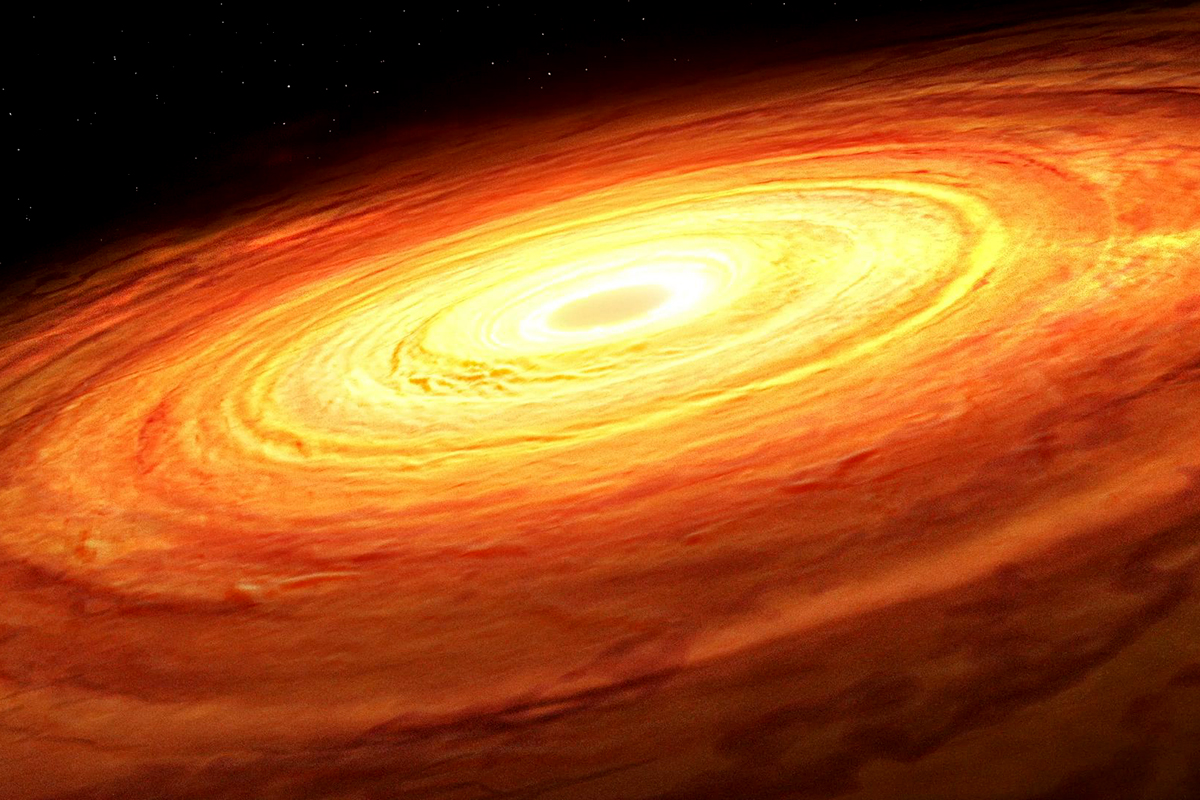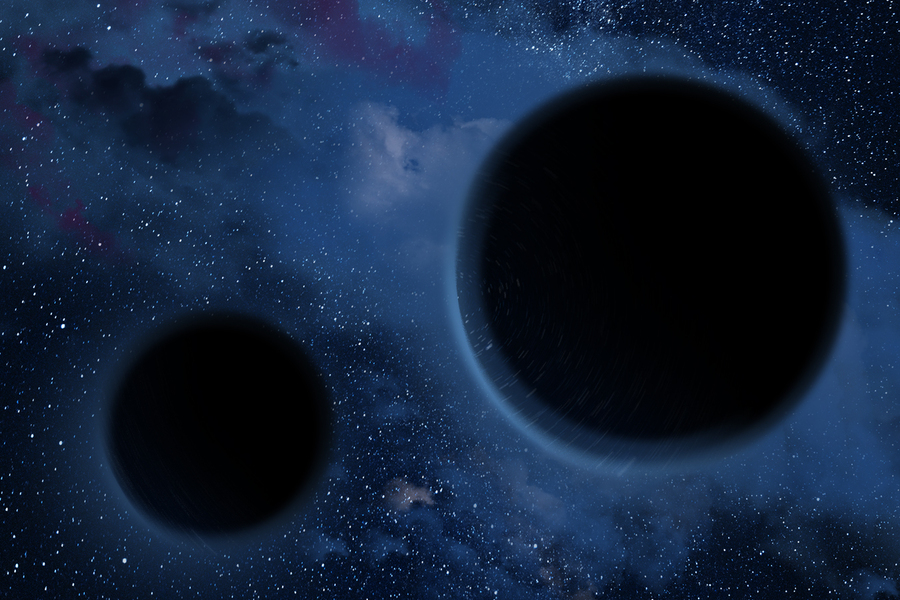
Graphic courtesy Mark A. Garlick/Simons Foundation
The feeding patterns of black holes offer insight into their size, researchers report. A new study revealed that the flickering in the brightness observed in actively feeding supermassive black holes is related to their mass.
Supermassive black holes are millions to billions of times more massive than the sun and usually reside at the center of massive galaxies...
Read More









Recent Comments